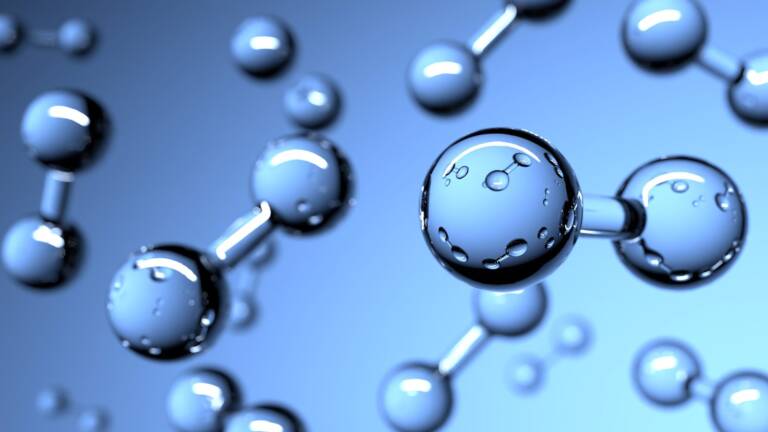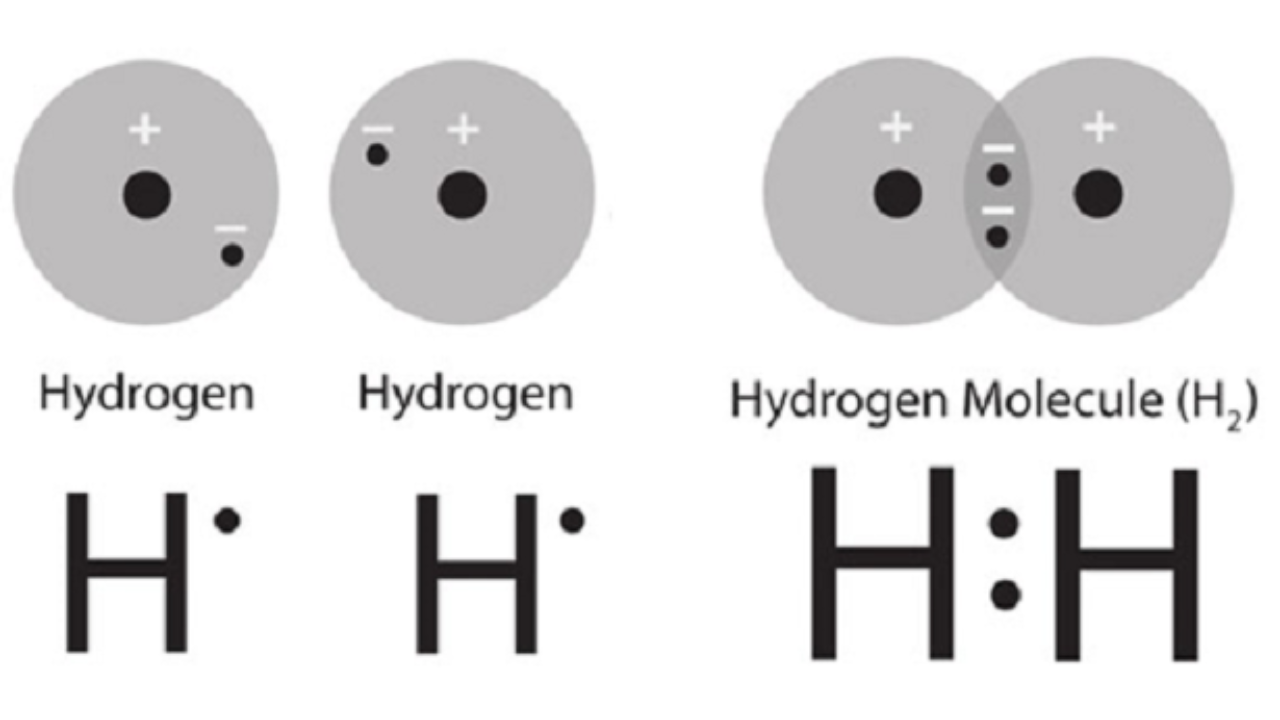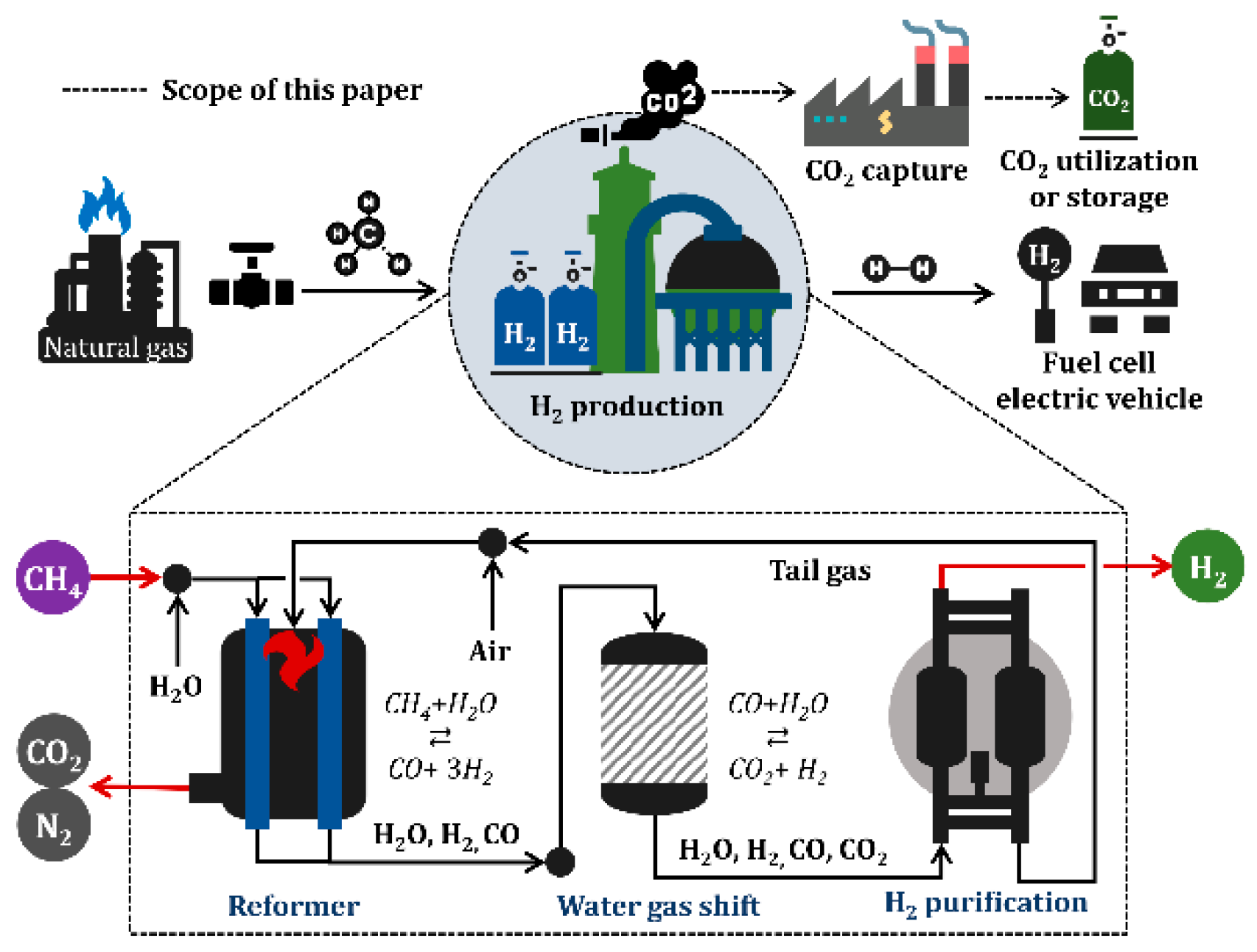Hydrogen: let’s explain the rainbow of the molecule that wants to give energy to the world

Hydrogen may be a colorless and odorless gas, lighter than air and therefore volatile, but industry players and the economy try to give it a color. This depends on the ways in which this gas is produced and the energetic or environmental correctness that leads to its production. because there are different ways to obtain hydrogen and precisely the way for its creation is as important as the hydrogen itself.
Recall that a hydrogen atom is made up of a single proton, an electron and one or more neutrons depending on the isotope. A hydrogen molecule is made up of two atoms:
Let's now look at the rainbow of hydrogen, color by color :
Black
This hydrogen is produced by the degasification of coal. The process produces a lot of carbon dioxide and is no longer common, fortunately, but in the past it was widely used in chemical processes. Let's say it is an enemy of the environment.
Grey
This method starts with natural gas and generates hydrogen and carbon dioxide, making it a significant producer of greenhouse gases. It is by far the most common method of producing hydrogen, because it is cheap. It involves making water vapor or methane react at a pressure between 3 and 25 bar inside reactors in the presence of catalytes. It is currently the most used method.
Blue
Like gray hydrogen, only carbon dioxide is captured and stored underground, meaning it contributes less to global warming. However, this process is more expensive and less used than gray hydrogen.
Turquoise
A relatively new innovation, this approach breaks down natural gas into hydrogen and solid carbon, meaning no carbon dioxide is emitted. It is potentially cheaper than green hydrogen, but the technology needs to be developed. The process is called "Thermal cracking" of methane and the study of this process was one of the last scientific contributions of Nobel Prize winner Carlo Rubbia .
Green
The most environmentally friendly way to produce hydrogen. This method uses electricity generated from renewable sources to electrolyze water into oxygen and hydrogen. The problem is that the cost of producing renewable energy is added to the cost of synthesizing hydrogen. There are various systems for producing green hydrogen, from the use of the energy produced for hydrolysis processes, up to thermal hydrolysis with the use of 'solar power. However, for now, it is an expensive system.
Golden or white
Also called natural or geological hydrogen, this is where the gas occurs naturally deep underground and could be collected through drilling, without needing to spend energy on synthesis. This potentially makes it a very promising clean fuel, if enough of it can be found and harvested. Although it is known that certain chemical reactions or radioactive decays are capable of generating it, it is not clear how much exists.
More energetic than methane, but too… bulky
How much energy can hydrogen generate if compared to the currently most used energy gas, i.e. natural gas or methane? Here is what results:
- Hydrogen:
- Lower or minimum calorific value (PCI): 120 MJ/kg
- Very light (1 kg = 11.1 m3)
- Natural Gas (methane):
- PCI: 50 MJ/kg
- More dense (1 kg = 0.67 m^3)
Efficiency:
- At equal weight, hydrogen has more than double the energy power of natural gas.
- However, for the same volume, natural gas has a higher energy.
So the problem with hydrogen is the fact that… it's too light, it has too low a density, so you have to compress it or use it in liquid form. Too bad that hydrogen goes into a liquid state at -252.87 °C , which is equivalent to 20.28 K. Natural Gas, on the other hand, becomes liquid at a much higher temperature, between -158C and -164C depending on the presence of ethane and butane with methane.
This makes hydrogen transport one of the big problems of the green transition.

Thanks to our Telegram channel you can stay updated on the publication of new Economic Scenarios articles.
The article Hydrogen: let's explain the rainbow of the molecule that wants to give energy to the world comes from Economic Scenarios .
This is a machine translation of a post published on Scenari Economici at the URL https://scenarieconomici.it/idrogeno-spieghiamo-larcobaleno-della-molecola-che-vuole-dare-energia-al-mondo/ on Sun, 24 Mar 2024 17:03:33 +0000.


